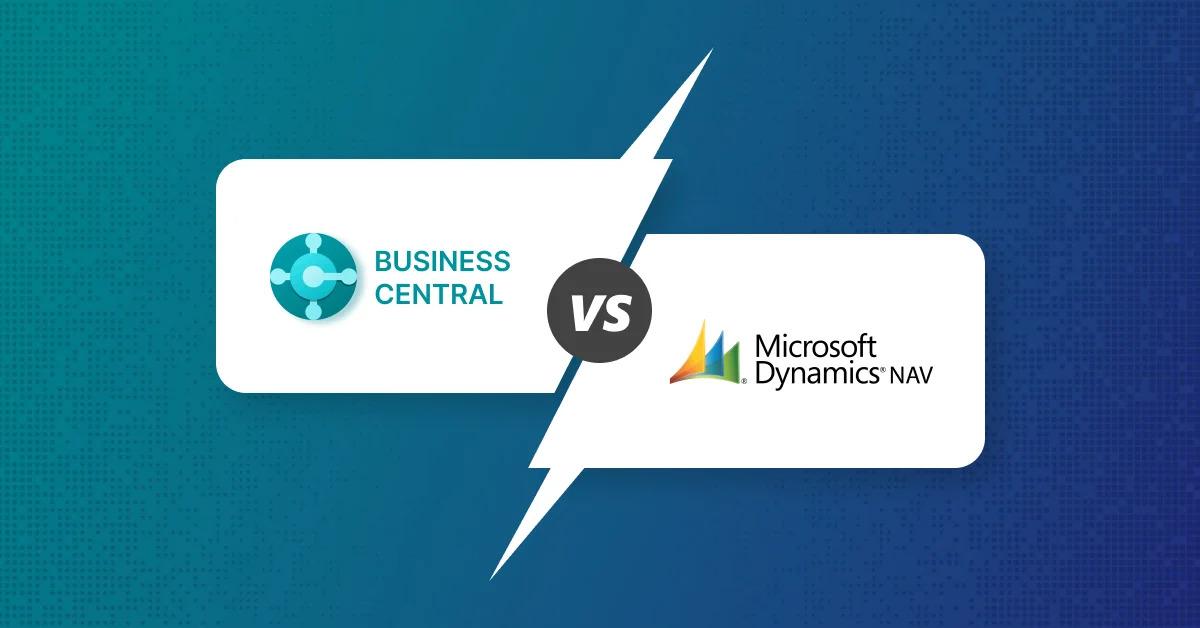The evolution of Dynamics NAV 2009 to Business Central stands as a pivotal upgrade for businesses seeking enhanced functionalities, streamlined operations, and future-ready solutions.
This transition, albeit significant, presents a transformative opportunity to leverage the advanced capabilities of Dynamics 365 and requires a strategic approach for a seamless migration.
Understanding Dynamics NAV 2009 and the Need for an Upgrade
Dynamics NAV 2009 has served as a robust enterprise resource planning (ERP) system, offering comprehensive features for financial management, supply chain, manufacturing, and more.
However, technological advancements and changing business landscapes necessitate a transition to Dynamics 365 Business Central for a multitude of reasons.
Enhanced Functionality: Business Central provides enhanced functionalities, such as AI-driven insights, improved reporting tools, and greater integration capabilities, fostering agility and efficiency.
Cloud-Based Flexibility: The shift from an on-premise solution to a cloud-based system ensures scalability, accessibility, and reduced infrastructure costs, aligning with modern business needs.
Continued Support and Updates: Dynamics 365 solutions receive consistent updates and navision support, ensuring compliance, security, and access to the latest features.
Key Considerations Before the Upgrade
Before embarking on the Dynamics NAV 2009 to Business Central upgrade, businesses need a well-defined strategy. Consider these critical aspects:
Comprehensive Assessment: Conduct a thorough evaluation of existing functionalities, data structure, and customizations to identify potential challenges and areas requiring special attention.
Data Migration Plan: Develop a robust data migration plan to ensure a smooth transition of crucial information while minimizing disruption to daily operations.
Customization and Integration: Assess the need for customizations and integrations in the new system, ensuring a seamless workflow and compatibility with existing applications.
The Upgrade Process: Step-by-Step Guide
Initial Assessment and Planning: Begin with an in-depth assessment of your current Dynamics NAV 2009 setup.
Collaborate with a Dynamics 365 partner or a Microsoft Solutions Partner to outline the upgrade roadmap, addressing customization, data migration, and user training requirements.
Data Migration Strategy: Develop a meticulous data migration strategy, including data cleansing, mapping, and validation, to ensure accuracy and completeness of transferred data.
Customization and Configuration: Align existing customizations with Business Central’s capabilities. Prioritize functionalities, reconfigure where necessary, and leverage standard features to minimize custom development.
Testing and Validation: Rigorous testing of the upgraded system is pivotal. Conduct user acceptance testing (UAT) to validate functionalities, data integrity, and user experience.
Training and Adoption: Provide comprehensive training to end-users to facilitate a smooth transition and maximize utilization of Business Central’s features.
Leveraging Dynamics 365 Partner Expertise
Collaborating with a Dynamics 365 partner streamlines the upgrade process, offering specialized expertise and support at every stage:
Dynamics 365 Implementation Expertise: Leverage the proficiency of a Dynamics 365 partner to ensure a tailored and efficient implementation aligned with your business objectives.
Ongoing Dynamics 365 Support: Access continuous support post-upgrade, ensuring swift issue resolution, updates, and guidance to optimize system performance.
NAV Support Transition: A competent partner facilitates a seamless transition from Dynamics NAV to Business Central, addressing concerns and providing comprehensive support during and after the upgrade.
Post-Upgrade Optimizations and Continuous Improvement
Once the migration is complete, focus on continual improvements:
Performance Monitoring: Regularly monitor system performance, user feedback, and key metrics to identify areas for enhancement.
Embracing New Features: Encourage users to explore and utilize new Business Central features, maximizing the benefits of the upgraded system.
Adaptability and Scalability: Continuously adapt the system to evolving business needs and leverage scalability for future growth opportunities.
Conclusion
The Dynamics NAV 2009 to Business Central upgrade signifies a significant leap towards modernizing business operations and embracing the capabilities of Dynamics 365.
Partnering with a Dynamics 365 implementation expert ensures a smooth transition, unlocking the full potential of Business Central while future-proofing your business for the dynamic marketplace.



